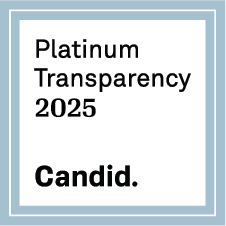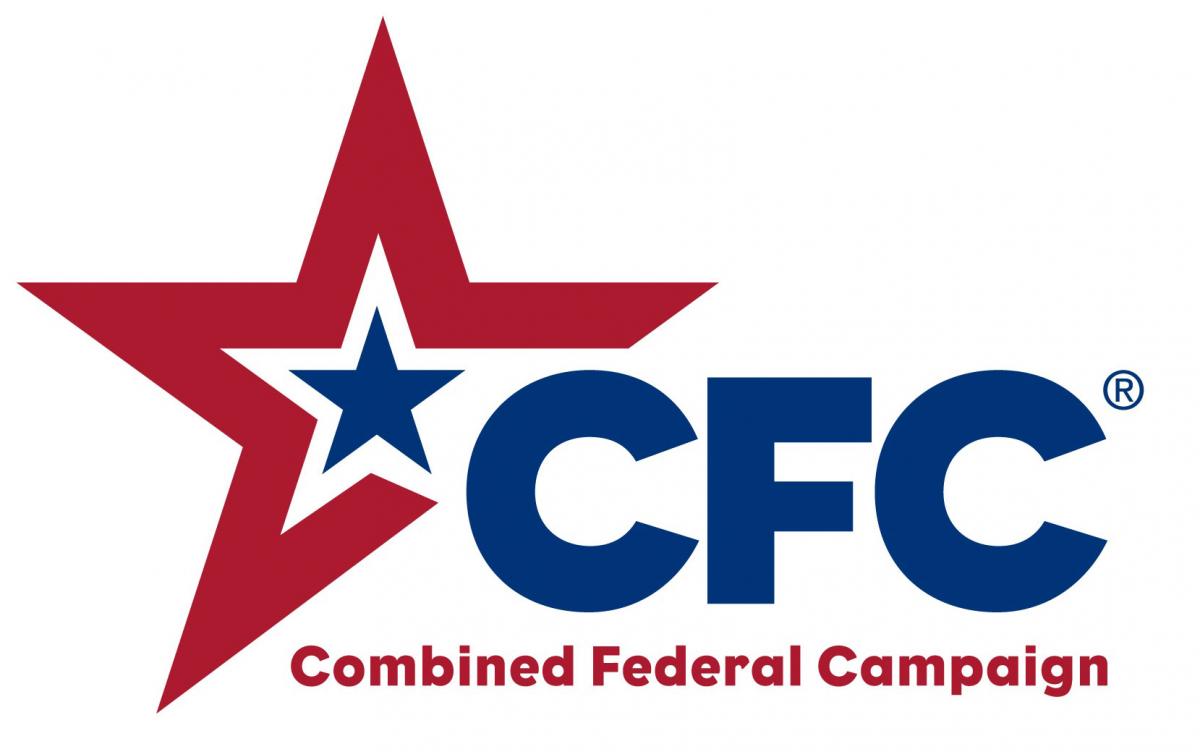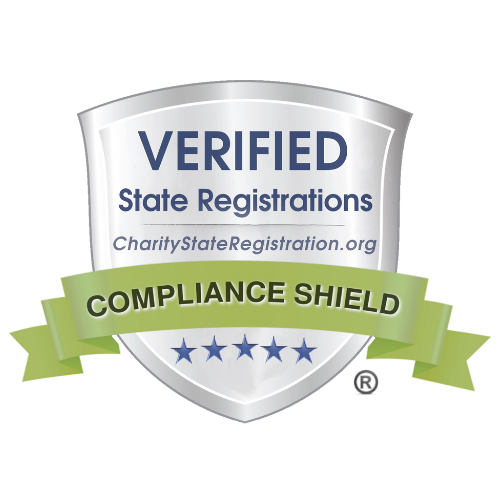Public Charge-Related Questions on Form I-485
Last Updated
Final Public Charge Rule and New Form I-485
The final rule from the Department of Homeland Security (DHS) defining the public charge ground of inadmissibility went into effect on Dec. 23, 2022. The agency’s updated version of the Form I-485, Application to Register Permanent Residence or Adjust Status, includes new questions regarding public charge and became effective on that date. The accompanying Instructions provide some limited help in completing the form and answering the additional questions. The U.S. Citizenship and Immigration Services (USCIS) also published an update to its Policy Manual that guides adjudicators on how to incorporate responses to the new questions into the public charge determination. This Practice Advisory analyzes each of the public charge-related questions on the I-485 and offers advice based on the agency’s guidance.
The final public charge rule is almost identical to the 1999 Interim Field Guidance, which was in effect for 20 years and currently applies to adjustment applications filed before Dec. 23, 2022. The statute at INA § 212(a)(4) states that applicants “likely at any time to become a public charge” will be found inadmissible. The final rule defines this as becoming “primarily dependent on the government for subsistence, as demonstrated by either the receipt of public cash assistance for income maintenance or long-term institutionalization at government expense.” 8 CFR § 212.21(a). The term “public cash assistance for income maintenance” includes only the following programs:
- Supplemental Security Income (SSI);
- Temporary Assistance for Needy Families (TANF); and
- State, Tribal, territorial, or local cash benefit programs for income maintenance.
It would be very unusual for an adjustment applicant to have received either of these two federal benefit programs; a few applicants residing in some states may have qualified for a cash assistance program, as discussed below.
The biggest difference between the 1999 Interim Field Guidance and the final rule is the inclusion of the five statutory “minimum” factors that USCIS adjudicators must consider. These include the following:
- Age;
- Health;
- Family status;
- Assets, resources, and financial status; and
- Education and skills.
Except for a short period at the end of the Trump Administration, the USCIS has not given much if any weight to these five factors. Congress added them to the statute in 1996, but the agency has until now focused its attention almost exclusively on a sixth factor: the mandatory affidavit of support. That remains the most important factor, even after implementation of the final public charge rule. “No factor…other than a lack of a sufficient Affidavit of Support Under Section 213A of the INA, if required, should be the sole criterion for determining if an [applicant] is likely to become a public charge.” 8 CFR § 212.22(b). The final rule does not change the regulations and instructions regarding the affidavit of support.
The latest version of the I-485 must be used for adjustment applications filed (postmarked) on or after Dec. 23, 2022, and the final public charge rule and new guidance will be applied only to those applicants. It will not be applied to applications filed before that date. Nor will it be applied to immigrant or nonimmigrant visa applicants processing through a U.S. consulate. The Department of State is expected to issue its own regulation or amend the Foreign Affairs Manual (FAM) to align its interpretation of public charge with that of the DHS.
The USCIS has stated that it will not require applicants to submit any initial documentary evidence in support of their responses to the new public charge questions. It may issue a Request for Evidence (RFE) for proof of the applicant’s history of employment or a prospective job offer. However, the applicant is not precluded from submitting any initial documentary evidence with the I-485. USCIS stated that it “will consider any evidence a noncitizen chooses to submit regarding the [five statutory] factor(s).” 87 Fed. Reg. 55472 at 5552.
Public Charge-Related Questions on Form I-485
Part 1, Question 5 asks for the applicant’s date of birth. It is not clear what weight will be given—if any—to the applicant’s age. The USCIS acknowledges that children “are at present unable to earn a living through employment.” It makes no mention of applicants who are of advanced age. The agency will be considering age “in combination with other factors,” specifically the applicant’s household income and assets.
Part 8, Question 61 asks whether the applicant is subject to the public charge ground of inadmissibility under INA § 212(a)(4). Note that the question does not ask if the applicant is likely to become a public charge. Do not mistakenly answer “no” based on your assessment that the applicant has filed a sufficient affidavit of support and will not be found inadmissible. The question is whether the applicant is EXEMPT from the public charge ground of inadmissibility. Most applicants are not exempt. The applicants who are exempted from the public charge ground of inadmissibility are listed in 8 CFR § 212.23(a). The most common applicants for adjustment of status who are exempt include the following:
- Asylees and refugees
- Cubans applying under the Cuban Adjustment Act
- VAWA recipients • Afghan and Iraqi interpreters/employees of U.S. government
- Special Immigrant Juveniles
- T and U visa recipients
Also exempt are applicants/re-registrants for Temporary Protected Status (TPS). But TPS, like the Deferred Action for Childhood Arrivals (DACA) program, does not offer a path to permanent resident status.
Part 8, Question 62 asks for the size of the applicant’s household. The applicant must include himself or herself and the following persons if they are residing with the applicant:
- the applicant’s spouse;
- the applicant’s parents;
- the applicant’s unmarried siblings under 21 years of age; and
- the applicant’s unmarried children.
It also includes any other individuals (including a spouse or child not physically residing with the applicant) who are listed as dependents on the applicant’s federal income tax return and any other individuals who list the applicant as a dependent on their federal income tax returns.
Note that the rule for determining the applicant’s household size is different from that used to determine the sponsor’s (person who files the affidavit of support) household size for purposes of the Form I-864. In the latter case, sponsors do not have to count parents or siblings residing with them unless they are including their income and completing a Form I-864A. And sponsors do have to include their spouse and unmarried children regardless of where they are residing.
The applicant can include the income and assets of all household members. Unlike sponsors, applicants do not need to establish any minimum income, and their household size will not be measured against the Federal Poverty Guidelines.
Part 8, Question 63 asks the applicant to indicate his or her annual household income. It provides five boxes depending on the estimated amount. Remember that this figure represents the income of the applicant and that of any of the persons included in the applicant’s household. It includes taxable and non-taxable income, and money “provided to your household from sources who are not members of your household, including but not limited to alimony or child support.” Form I-485 Instructions (12/23/22) p. 8. The term includes salaries and monetary gains from any source; it is not relevant whether the applicant’s or household member’s income was earned without USCIS employment authorization. But it cannot include income from any of the programs defined as public cash assistance for income maintenance (e.g., SSI, TANF, or state General Assistance). Nor can it include "income from illegal activities or sources such as proceeds from illegal gambling or drug sales.” Id. “Annual income” presumably means estimated current calendar year income rather than income reported on the most recent tax return.
Note that there is no requirement to submit the applicant’s or household members’ prior tax returns or evidence of current income or employment history. But the Policy Manual does state that USCIS will consider “any evidence a noncitizen submits pertaining to expected future income.” So, if the applicant is currently unemployed and has little household income, consider obtaining a job offer, if one is obtainable.
Part 8, Question 64 asks for the total value of the applicant’s assets and provides five boxes depending on the estimated amount. The term “asset” is not defined. The instructions only indicate that assets must be owned by the household members; the Instructions contain the same prohibition against including “assets from illegal activities or sources such as proceeds from illegal gambling or drug sales.” Form I-485 Instructions (12/23/22) p. 8. But the term “asset” is explained for purposes of its use in completing the affidavit of support and it includes “savings accounts, stocks, bonds, certificates of deposit, real estate, or other assets.” Assets, in order to be used for purposes of supplementing a sponsor’s income, must be “significant” and “readily converted to cash within one year…without considerable hardship or financial loss to the owner.” Form I-864 Instructions (12/08/21) p.9. The owner of the asset must include a description of the asset, proof of ownership, and the basis for the owner’s claim of its net cash value. Estimates of the value of real estate must include an appraisal from a licensed appraiser. In addition, the value of assets is not given a one-to-one equivalence to that of income. Fortunately, no such limitations or requirements appear to exist for assets to be considered by the adjustment applicant. In addition to the assets indicated above, the value of the following should be included: cash in a checking account; insurance policies; automobiles; and any significant personal property, such as furniture or jewelry.
Part 8, Question 65 asks for the total value of the applicant’s “household liabilities (including both secured and unsecured liabilities)” and provides five boxes depending on the estimated amount. The term “household liabilities” is neither defined nor exemplified in the Instructions other than they must be owed by household members. Liabilities should include fixed and regular expenses, such as a mortgage or lease payment, car loans, school tuition, or child support. Do not include normal living expenses for food, utilities, gasoline, clothes, etc.
Part 8, Question 66 asks for the highest degree or level of school the applicant has completed and provides nine boxes. The first option is “grades 1 through 11,” but it is unclear whether the applicant must have completed the eleventh grade to check this box. Until we receive clarification, check this box if the applicant has completed any of these grades rather than all of them. There is no requirement that the applicant needs to have obtained a high school diploma. There is little guidance on what significance or weight the applicant’s education should be given. The question uses terms such as “high school,” “12th grade,” “bachelor’s degree,” and “college credit,” which relate to the U.S. education system and may not be the same in the applicant’s country. If there is a disparity, you can apply either the literal meaning of the terms or the equivalent in the applicant’s educational system. For example, in Mexico and other Hispanic countries, grades 10-12 are the equivalent of “high school,” but students earn a “bachelor’s degree” instead of a high school diploma. After this, students may enroll in a university where after four or five years they can earn a “professional degree.” This could, for example, be in law, medicine, architecture, or engineering. Students in Hispanic countries typically do not attend four years of “college” before studying for one of these “doctorate degrees.”
Part 8, Question 67 asks for “certifications, licenses, skills obtained through work experience.” The Instructions provide some guidance, which indicates that the terms include “workforce skills training, licenses for specific occupations or professions, foreign language skills, and certificates documenting mastery or apprenticeships in skilled trades or professions.” Form I-485 Instructions (12/23/22) p. 8. Include any formal certificates the applicant has received. More common are the skills learned on the job, as well as “overall work experience.” These could be in any field (e.g., construction, food processing, hospitality, manufacturing, retail) where the applicant has labored and which make the person marketable. Include the applicant’s literacy in his or her native (“foreign”) language as a skill, as well as any proficiency in the English language.
The question also asks for “educational certificates.” The Instructions state that these “are issued by an educational institution (or a training provider) and certify that an occupation specific program of study was completed.” Form I-485 Instructions (12/23/22) p. 8. If the applicant has received such certificates, include them down. They might be issued by occupational schools and programs.
Part 8, Question 68a asks the applicant to indicate if he or she has ever received SSI, TANF, or state/local/tribal/territorial cash assistance for income maintenance. This includes benefits the applicant received at any time in the past or is currently receiving. Do not include situations when the applicant has applied for these benefits but has not actually received them or has only been approved for a future receipt. Also, do not include situations where the applicant has applied for or received benefits on behalf of another person, such as a child or other family member.
The applicant is presented with a binary choice: if he or she has received any of these benefits, answer “yes” and then explain the circumstances in the space provided in Part 14, Additional Information, including the reason why the applicant needed it. In addition, fill in the table in 68c by identifying the benefit, the start and end dates when the benefit was received, and the dollar amount of the benefit. Regrettably, USCIS did not explain in the Instructions that it will not consider benefits received while the applicant was in an immigration category exempt from public charge inadmissibility. These could include persons paroled into the country for more than one year, special immigrant juveniles, VAWA self-petitioners, T or U visa applicants, and persons classified as Cuban/Haitian entrants. Certain Afghans and Ukrainians paroled into the country under special programs (e.g., Uniting for Ukraine; Afghan Special Immigrant Program) are eligible for the same benefits provided to refugees. If the applicant did receive any of these benefits while in an immigration category exempt from public charge, explain this in Part 14, Additional Information.
As indicated, it would be extremely rare for an adjustment applicant to be receiving or having received SSI or TANF due to current statutory restrictions. But some applicants might have been eligible for various state cash assistance programs. Nine states currently offer programs that provide cash assistance for income maintenance that could be classified as “General Assistance.” These states are California, Hawaii, Illinois, Maine, Maryland, Minnesota, New Jersey, Oregon, and Washington State. In order to qualify, the person has to be very low income and either unemployable or unemployed. Most applicants are eligible because they have pending applications for federal SSI. If you are practicing in one of these states, confirm that the client has never received this state cash benefit.
General Assistance programs are not to be confused with Guaranteed Basic Income programs, which are not classified as a cash benefit program for income maintenance. These city/county programs are experimental or pilot in nature and provide a lump-sum, annual benefit. They are very limited in the number of recipients, and the benefits are more like tax credits.
Part 8, Question 68b asks if the applicant has ever received long-term institutionalization at government expense. This is defined as “government assistance for long-term institutionalization (in the case of Medicaid, limited to institutional services under section 1905(a) of the Social Security Act) received by the beneficiary, and is limited to nursing home facilities and mental health institutions. Long-term institutionalization does not include imprisonment for conviction of a crime or institutionalization for short periods for rehabilitation purposes.” 8 CFR § 212.21(c). If the applicant answered “yes” to this question, then complete the table in 68d and indicate the institution, the city and state, the dates of institutionalization, and the reason.
Some states (currently California, Illinois, Oregon, and Washington State) offer very limited funding for institutionalization services. It is very unlikely that an adjustment applicant would have received this state-funded benefit.
Health is also a public charge factor that the USCIS will consider, although the officer is limited to the results from the medical exam performed by an authorized civil surgeon. Form I-485 does not include a question regarding the applicant’s health. The USCIS officer cannot draw his or her own conclusions regarding the applicant’s health based on the applicant’s appearance or physical fitness. The medical results are contained on Form I-693 and the only question is whether the doctor has issued a Class B certification. These are issued when the medical examiner concludes that the applicant has a mental/physical disorder or disease or an ailment that represents a “substantial departure from normal well-being.” Common reasons for a Class B certification include a prior stroke, heart condition, high blood pressure, inactive TB, or a serious psychological abnormality. The doctor must indicate the severity of disorder and likelihood that the applicant will need extensive medical care or institutionalization. The Policy Manual includes language cautioning the officer not to draw negative conclusions from a disability finding unless it affects the applicant’s ability to earn a living. A disability in itself is not an indication that the applicant is likely to become a public charge.





